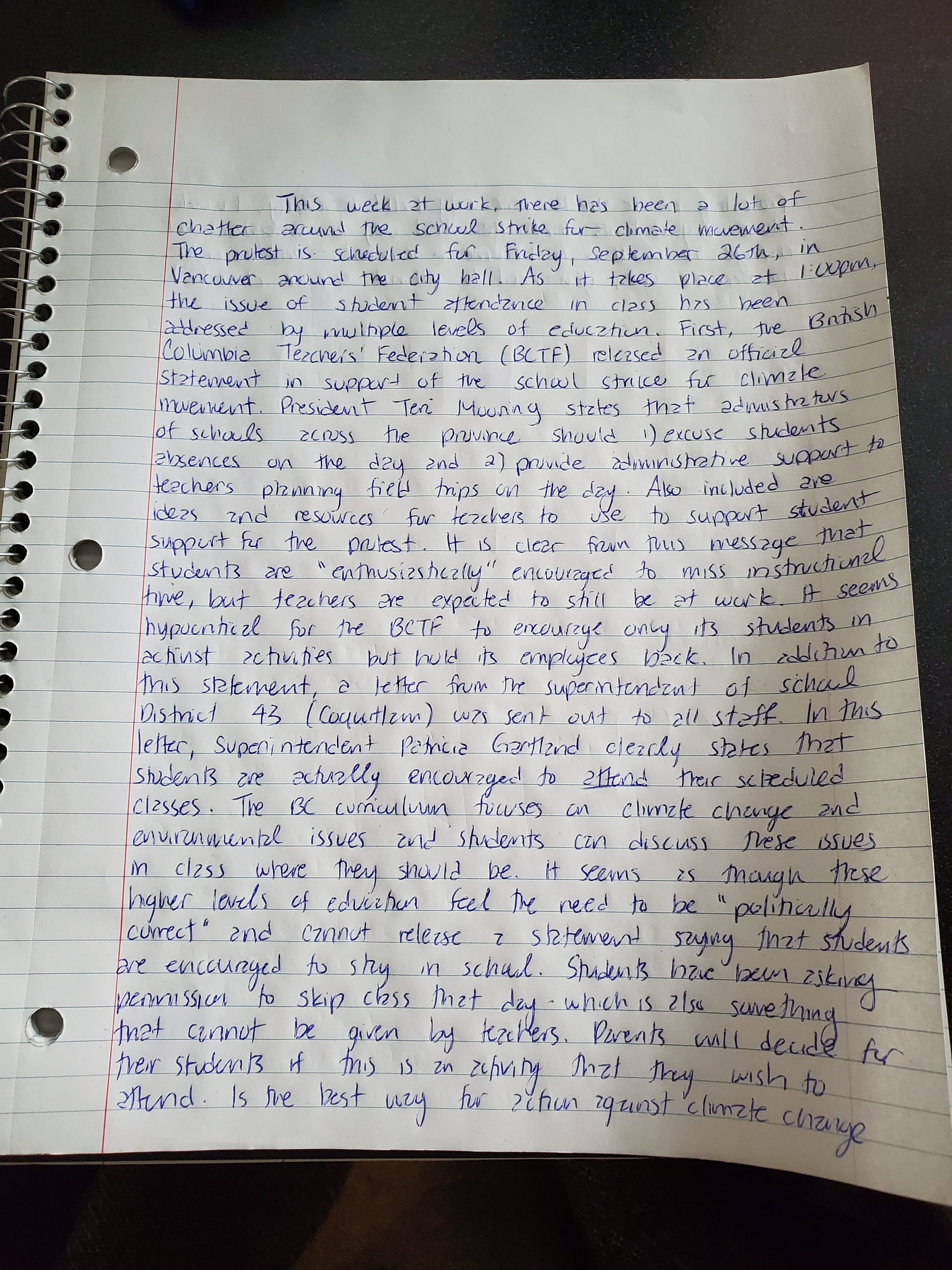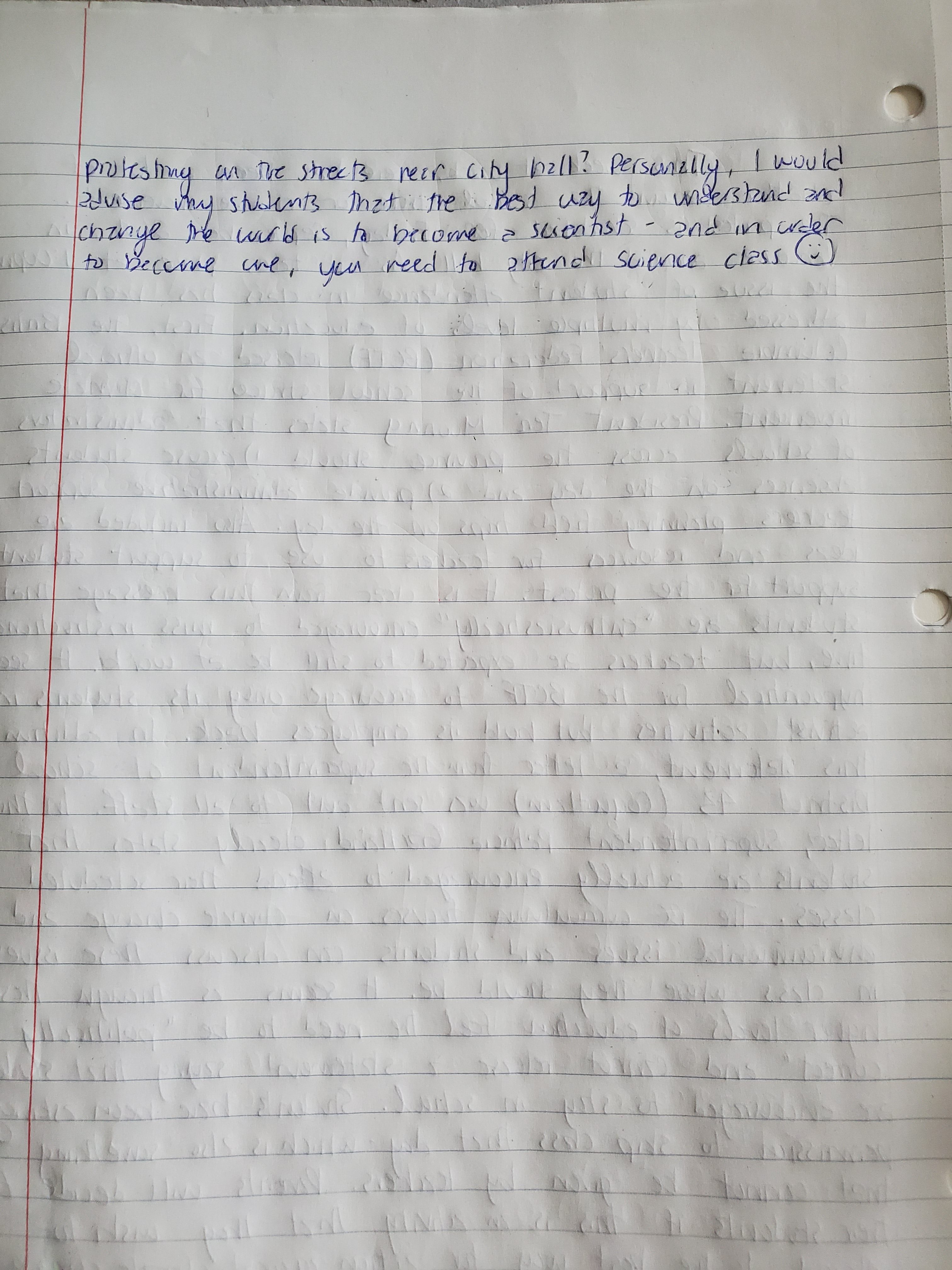In this task, I’ve decided to portray my two speculative fictions in two different ways; the first, as an advertisement of the “better” self-driven future that has begun, and the second, as a short fictional story.
Speculative Future 1
Speculative Future 2
In the second speculative fiction, we enter the world of John Doe. He lives in a world where careers are chosen for individuals based on strengths and weaknesses shown in the first 16 years of their lives. Data from individuals are collected and analyzed in a predictive algorithm. Individuals are unable to dispute the algorithm, and are stuck with these careers for the rest of their lives…
The alarm goes off. 6:30am, like clockwork. Another day at the office, I think, dragging my feet. I look up at the calendar beside my bed. Day 1,825. The same questions run through my mind. Do I really need this job? I wonder if anyone would notice if I called in a sick day today? I push the pointless thoughts aside and get up. “Good morning, John Doe, the architect,” Alexa’s voice greets me in front of the bathroom mirror. “Good morning,” I respond with a mouthful of toothpaste. John Doe, the architect. How did I end up here? Actually, I know exactly how I ended up here. I’ve always been excellent in mathematics and appreciated the beauty in geometry. So it was no surprise when the almighty algorithm concluded that I would be best fit as an architect in this society. It was almost too easy. I rinse my mouth and head to the closet. “Here are your architect clothes for today, John Doe, the architect,” Alexa reminds me as a pair of khaki pants and plaid shirt is pushed in my direction. I take the outfit and stumble into it as I cross off today’s date on the calendar. 12,775 days remaining. I’ve always been excellent in mathematics…
Side note: this last task of ETEC 540 was a blast for me to do. I tapped into some creative writing skills that I haven’t really had to use after high school as a scientist… So I am grateful for this task. 🙂


